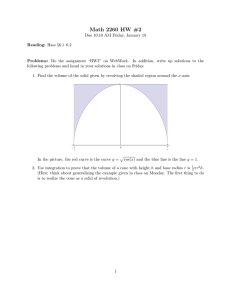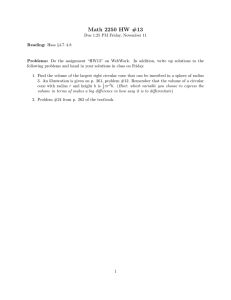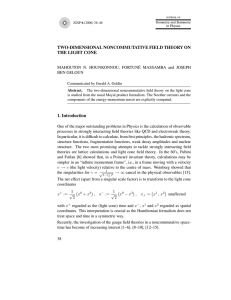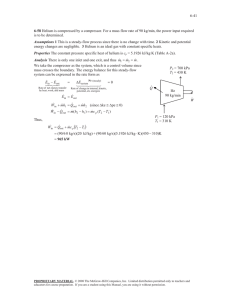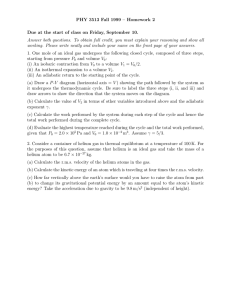Mapping the distribution of interstellar neutral helium at solar distances... 1 AU from pickup ion measurements
advertisement
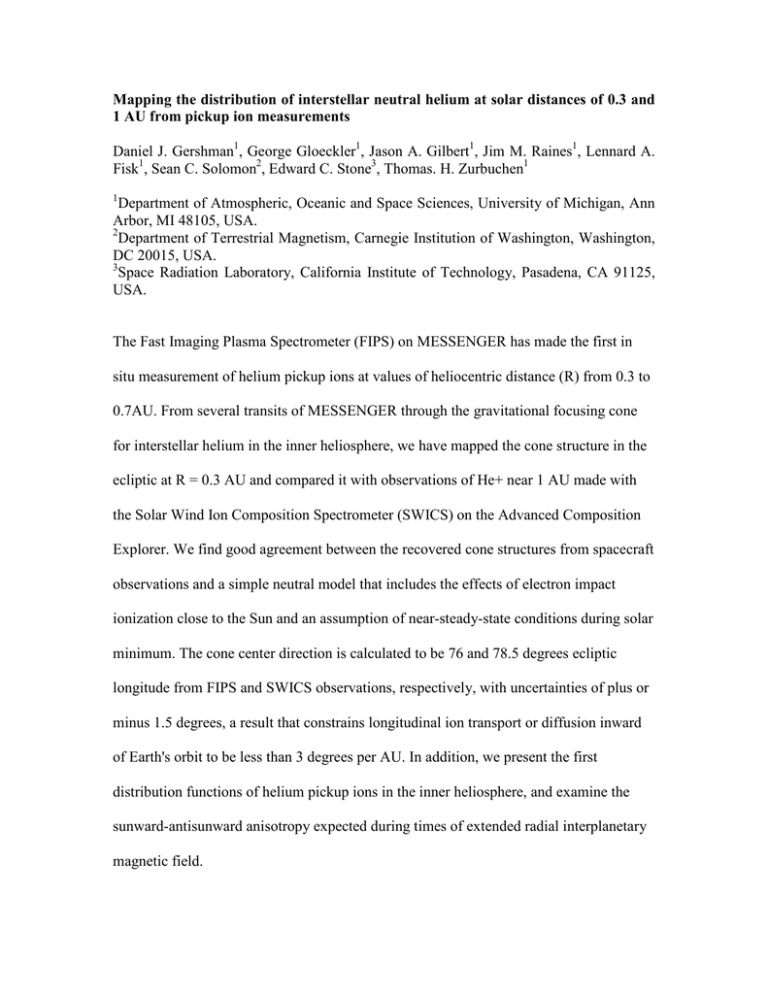
Mapping the distribution of interstellar neutral helium at solar distances of 0.3 and 1 AU from pickup ion measurements Daniel J. Gershman1, George Gloeckler1, Jason A. Gilbert1, Jim M. Raines1, Lennard A. Fisk1, Sean C. Solomon2, Edward C. Stone3, Thomas. H. Zurbuchen1 1 Department of Atmospheric, Oceanic and Space Sciences, University of Michigan, Ann Arbor, MI 48105, USA. 2 Department of Terrestrial Magnetism, Carnegie Institution of Washington, Washington, DC 20015, USA. 3 Space Radiation Laboratory, California Institute of Technology, Pasadena, CA 91125, USA. The Fast Imaging Plasma Spectrometer (FIPS) on MESSENGER has made the first in situ measurement of helium pickup ions at values of heliocentric distance (R) from 0.3 to 0.7AU. From several transits of MESSENGER through the gravitational focusing cone for interstellar helium in the inner heliosphere, we have mapped the cone structure in the ecliptic at R = 0.3 AU and compared it with observations of He+ near 1 AU made with the Solar Wind Ion Composition Spectrometer (SWICS) on the Advanced Composition Explorer. We find good agreement between the recovered cone structures from spacecraft observations and a simple neutral model that includes the effects of electron impact ionization close to the Sun and an assumption of near-steady-state conditions during solar minimum. The cone center direction is calculated to be 76 and 78.5 degrees ecliptic longitude from FIPS and SWICS observations, respectively, with uncertainties of plus or minus 1.5 degrees, a result that constrains longitudinal ion transport or diffusion inward of Earth's orbit to be less than 3 degrees per AU. In addition, we present the first distribution functions of helium pickup ions in the inner heliosphere, and examine the sunward-antisunward anisotropy expected during times of extended radial interplanetary magnetic field.


